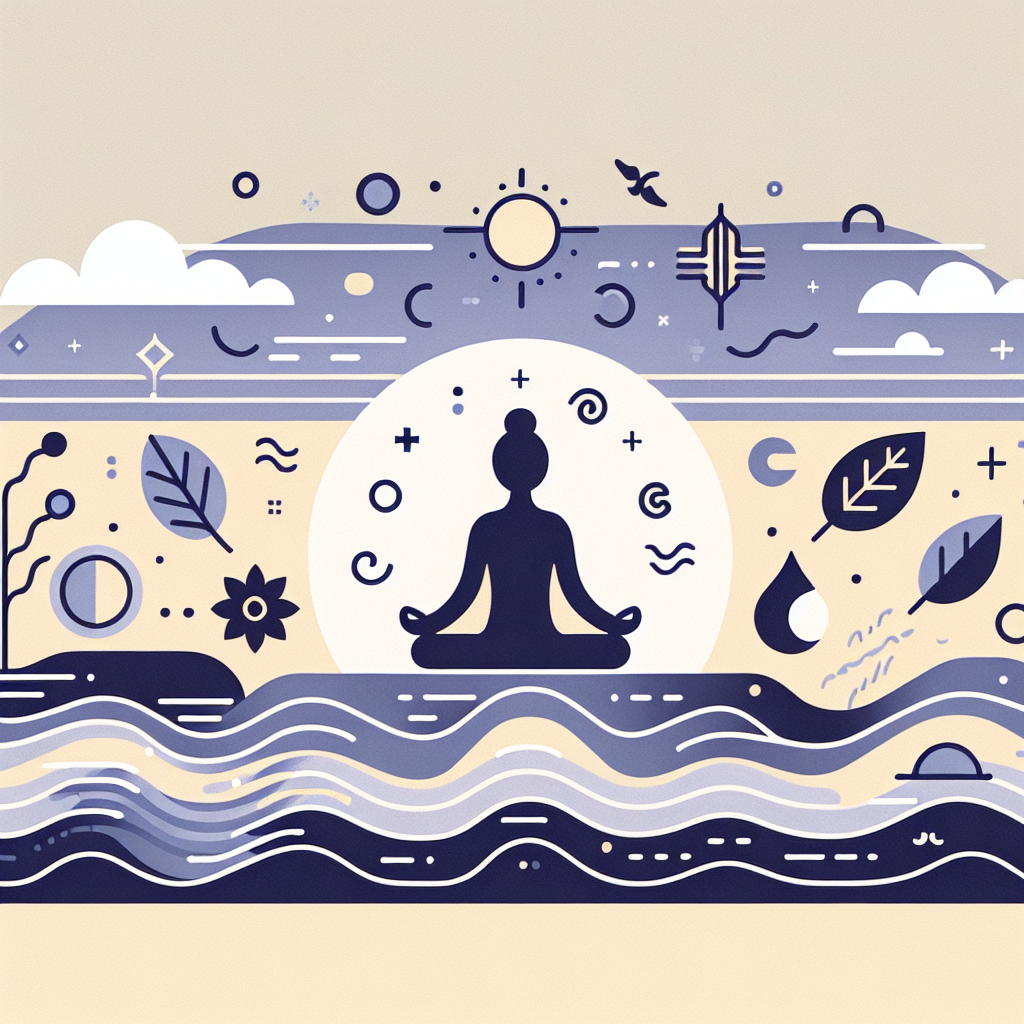Finding simple, reliable ways to reduce tension can transform moments of overwhelm into manageable experiences. In the first steps below you’ll find calming techniques that help bring the breath, body, and thinking into alignment so you can respond instead of react.
Step-by-step calming methods that work
Start with a short routine you can use anywhere. A clear sequence—ground, breathe, focus—serves as a foundation for many calming exercises for anxiety and everyday stress. If you’ve ever asked, how can i calm down, this structure gives you measurable steps: slow the breath, notice sensations, and shift attention to a single small task. These are practical relaxation techniques guide elements you can memorize and repeat.
Breathing and body awareness
Begin by settling into a comfortable posture. Slow, diaphragmatic breathing reduces the fight-or-flight response and is one of the most accessible relaxation techniques. Pair three slow breaths with a simple progressive muscle scan to release tension in shoulders, neck, and jaw. These relaxation exercises are useful whether you’re dealing with a spike of anxiety or just need a reset during the day.
Quick tools for acute moments
When you suddenly notice racing thoughts or physical signs like trembling, try these quick methods to calm down: count exhalations, change posture, and do a 30-second grounding exercise (name five things you can see, four you can touch, three you can hear). If trembling is severe or persistent, see targeted guidance such as advice on how to stop shaking from anxiety: what you need to know.
Relaxation strategies and practical suggestions
Use a mix of active and passive approaches. Active strategies—like guided imagery, gentle movement, or a focused relaxation activity—engage your nervous system differently than passive strategies, such as quiet rest or listening to calming music. Proven relaxation strategies often combine both: a short walk (active) followed by 5 minutes of breath-focused relaxation (passive).
Techniques for specific situations
If public speaking or social settings trigger your nerves, practice how to calm nerves with visualization and a slow-breathing routine beforehand. For nighttime anxiety, relaxation exercises for stress and relaxation exercises for anxiety that emphasize lengthening the exhale can improve sleep onset. If you’re wondering how to calm racing thoughts, try labeling them briefly—“planning,” “worrying”—then return attention to the breath.
Many people benefit from structured approaches like relaxation therapy or an ongoing set of relaxation methods for stress and anxiety taught by therapists. For reliable information about anxiety and its treatment options, see the NIMH overview of anxiety disorders, which summarizes evidence-based care and self-help strategies.
Daily habits that build resilience
Small, repeated practices reduce baseline reactivity. Make a short routine part of your morning: two minutes of breathwork, one relaxation activity such as gentle stretching, and a single focused intention for the day. Over weeks, these relaxation tips for anxiety add up and make short-term methods more effective when stress rises.
- Slow diaphragmatic breathing: 4–6 breaths per minute for 2–5 minutes.
- Progressive muscle relaxation: tense/relax major muscle groups for 10 minutes.
- Grounding 5-4-3-2-1 exercise: sensory focus to interrupt panic.
- Short movement breaks: brisk 5–10 minute walks to reset physiology.
How to relax your brain and longer-term practices
Active mental habits—mindful attention, cognitive reframing, and scheduling regular restorative activities—help teach the brain new patterns. Use relaxation strategies to interrupt cycles of worry and then build in restorative practices like nature time, creative hobbies, or low-effort social connection. These methods to calm down sustainably are particularly useful for people managing chronic stress.
FAQ
Q: What is the fastest way to calm down in a panic?
A: Use immediate grounding and breathing: name five visible objects, breathe slowly for six breaths, and focus on feeling your feet on the floor. Combining sensory grounding with controlled exhalation interrupts the panic loop.
Q: Are relaxation exercises for anxiety different from general relaxation exercises?
A: They overlap a lot. Exercises for anxiety often emphasize quick autonomic regulation (breathing, grounding) and brief, repeatable strategies, while general relaxation exercises for stress can include longer practices like yoga or guided imagery.
Q: Can relaxation therapy help with chronic symptoms?
A: Yes. Relaxation therapy and proven relaxation strategies, used consistently or alongside professional support, can reduce overall reactivity and improve coping. For persistent or worsening symptoms, consult a mental health professional.






